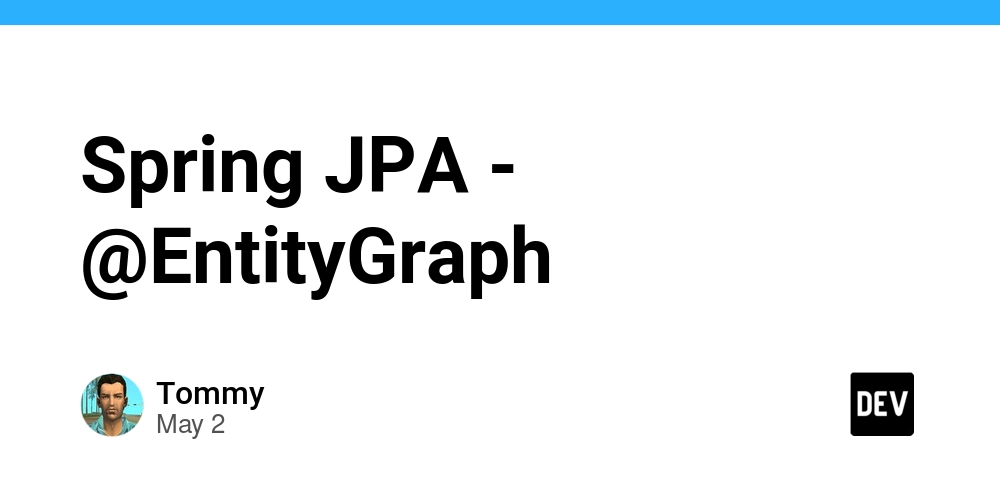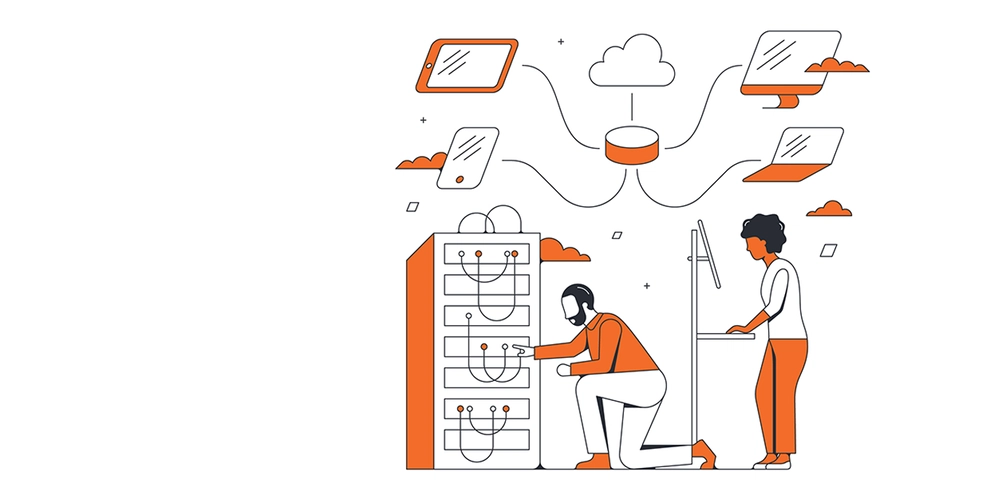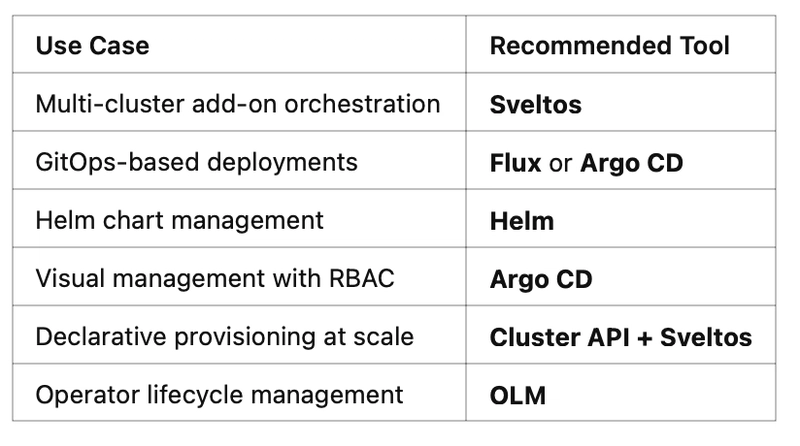Unlocking Accurate Forecasts: Why an API Key for Weather Is Essential for Developers and Small Enterprises
Weather data is no longer just for meteorologists—developers, small enterprises, and entire API communities rely on accurate and real-time weather insights to power apps, services, and critical business operations. Whether you're building a travel platform, logistics tool, or farming application, using a reliable weather API isn’t just helpful—it’s mission-critical. At the core of integrating weather data into your project is one vital component: the API key for weather. This small string of code unlocks massive potential, granting you access to real-time and historical weather data that can enhance user experiences, inform strategic decisions, and drive operational efficiency. In this guide, we’ll explore why an API key weather solution is a game-changer for developers and how to get started with the right provider—plus tips for making the most of your integration. Why Weather APIs Matter More Than Ever Modern applications demand data-driven intelligence. From predicting delivery times to optimizing retail inventory, weather data plays a silent but significant role. Here's how different industries and developers leverage weather APIs: Developers use weather APIs to enrich mobile and web applications with live forecasts, temperature updates, and location-based conditions. Small businesses in sectors like agriculture, tourism, and transportation rely on weather data to make smarter decisions. SaaS platforms integrate weather APIs for smart dashboards and analytics, offering users contextual insights. Whether you're building a weather app or embedding localized weather alerts into your product, an api key weather is your access pass to this valuable information. What Is an API Key for Weather? An API key for weather is a unique identifier used to authenticate requests from your app to a weather API service like Weatherstack. It helps providers track usage, enforce limits, and deliver accurate data securely to your application. Think of it like a digital license plate: it tells the weather API who you are and what kind of data you’re allowed to access. Most weather API providers—including Weatherstack—offer multiple tiers of API keys, from free plans with basic access to premium keys that unlock advanced features like historical weather data, severe weather alerts, and global coverage. Why Developers and Startups Prefer Weatherstack When it comes to choosing a weather API, developers need reliability, simplicity, and scalability. Weatherstack has become the preferred solution for thousands of developers and startups because of its: Easy-to-use REST API: Seamless integration in minutes with clear documentation. Lightning-fast responses: Real-time weather data with low latency. Global coverage: Weather data for millions of cities and regions worldwide. Flexible plans: Scalable pricing from free to enterprise-grade plans. Secure and reliable: Your api key weather comes with usage controls and HTTPS encryption. How to Get Your Weatherstack API Key in 3 Steps Getting started with Weatherstack is quick and painless. Here’s how to obtain your API key for weather: Sign Up at weatherstack.com: Create a free account to access your dashboard. ** Choose a Plan:** Select a plan based on your use case. Free and paid plans are available. Copy Your API Key: Once registered, your unique api key weather will be visible in your dashboard. Use this in your API requests. Example: bash CopyEdit http://api.weatherstack.com/current?access_key=YOUR_API_KEY&query=New York This simple request returns current weather data for New York City. You can easily plug it into any frontend or backend framework. Top Features to Use with Your Weather API Key Once you’ve secured your API key for weather, here are some key features you can start using: 1. Real-Time Weather Data Stay updated with accurate current weather information including temperature, humidity, cloud cover, and UV index. 2. Historical Weather Data Access past weather data for up to 10 years—ideal for research, reporting, and forecasting patterns. 3. Location-Based Forecasting Get weather data based on city names, ZIP codes, or geographic coordinates for hyper-local experiences. 4. Multi-Language Support Weatherstack supports multiple languages, perfect for apps targeting global audiences. 5. Bulk Queries Run multiple queries in a single request to improve performance and reduce API calls. API Integration Use Cases for Developers and Businesses Let’s look at some real-world ways developers and small businesses use their api key weather to build value-added solutions: ☁️ E-commerce Platforms Retailers use weather APIs to forecast seasonal demand—for example, showcasing umbrellas during rainy weeks or summer wear during heatwaves.

Weather data is no longer just for meteorologists—developers, small enterprises, and entire API communities rely on accurate and real-time weather insights to power apps, services, and critical business operations. Whether you're building a travel platform, logistics tool, or farming application, using a reliable weather API isn’t just helpful—it’s mission-critical.
At the core of integrating weather data into your project is one vital component: the API key for weather. This small string of code unlocks massive potential, granting you access to real-time and historical weather data that can enhance user experiences, inform strategic decisions, and drive operational efficiency.
In this guide, we’ll explore why an API key weather solution is a game-changer for developers and how to get started with the right provider—plus tips for making the most of your integration.
Why Weather APIs Matter More Than Ever
Modern applications demand data-driven intelligence. From predicting delivery times to optimizing retail inventory, weather data plays a silent but significant role. Here's how different industries and developers leverage weather APIs:
- Developers use weather APIs to enrich mobile and web applications with live forecasts, temperature updates, and location-based conditions.
- Small businesses in sectors like agriculture, tourism, and transportation rely on weather data to make smarter decisions.
- SaaS platforms integrate weather APIs for smart dashboards and analytics, offering users contextual insights.
Whether you're building a weather app or embedding localized weather alerts into your product, an api key weather is your access pass to this valuable information.
What Is an API Key for Weather?
An API key for weather is a unique identifier used to authenticate requests from your app to a weather API service like Weatherstack. It helps providers track usage, enforce limits, and deliver accurate data securely to your application.
Think of it like a digital license plate: it tells the weather API who you are and what kind of data you’re allowed to access.
Most weather API providers—including Weatherstack—offer multiple tiers of API keys, from free plans with basic access to premium keys that unlock advanced features like historical weather data, severe weather alerts, and global coverage.
Why Developers and Startups Prefer Weatherstack
When it comes to choosing a weather API, developers need reliability, simplicity, and scalability. Weatherstack has become the preferred solution for thousands of developers and startups because of its:
- Easy-to-use REST API: Seamless integration in minutes with clear documentation.
- Lightning-fast responses: Real-time weather data with low latency.
- Global coverage: Weather data for millions of cities and regions worldwide.
- Flexible plans: Scalable pricing from free to enterprise-grade plans.
- Secure and reliable: Your api key weather comes with usage controls and HTTPS encryption.
How to Get Your Weatherstack API Key in 3 Steps
Getting started with Weatherstack is quick and painless. Here’s how to obtain your API key for weather:
- Sign Up at weatherstack.com: Create a free account to access your dashboard.
- **
- Choose a Plan:** Select a plan based on your use case. Free and paid plans are available.
- Copy Your API Key: Once registered, your unique api key weather will be visible in your dashboard. Use this in your API requests.
Example:
bash
CopyEdit
http://api.weatherstack.com/current?access_key=YOUR_API_KEY&query=New York
This simple request returns current weather data for New York City. You can easily plug it into any frontend or backend framework.
Top Features to Use with Your Weather API Key
Once you’ve secured your API key for weather, here are some key features you can start using:
1. Real-Time Weather Data
Stay updated with accurate current weather information including temperature, humidity, cloud cover, and UV index.
2. Historical Weather Data
Access past weather data for up to 10 years—ideal for research, reporting, and forecasting patterns.
3. Location-Based Forecasting
Get weather data based on city names, ZIP codes, or geographic coordinates for hyper-local experiences.
4. Multi-Language Support
Weatherstack supports multiple languages, perfect for apps targeting global audiences.
5. Bulk Queries
Run multiple queries in a single request to improve performance and reduce API calls.
API Integration Use Cases for Developers and Businesses
Let’s look at some real-world ways developers and small businesses use their api key weather to build value-added solutions:
☁️ E-commerce Platforms
Retailers use weather APIs to forecast seasonal demand—for example, showcasing umbrellas during rainy weeks or summer wear during heatwaves.
























































![‘Andor’ Star Varada Sethu on Cinta’s [SPOILER], Her Future With Vel and Killing Tay Kolma: ‘It’s Like Death When She Turns Up’](https://variety.com/wp-content/uploads/2025/05/cinta.jpg?#)















